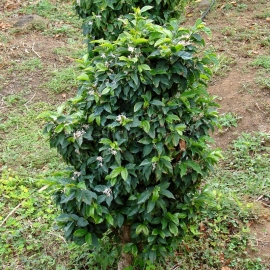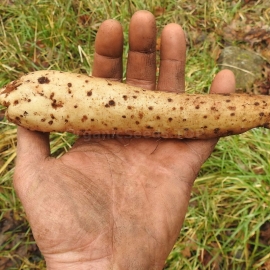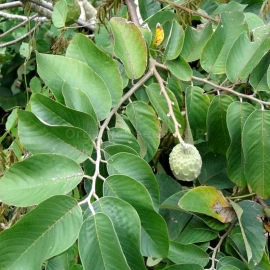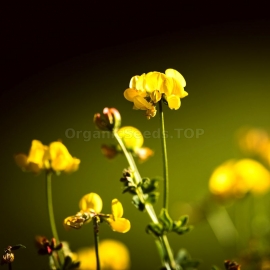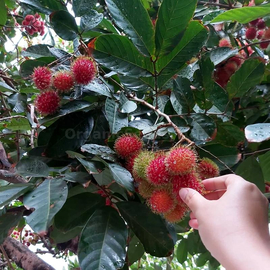 EXCLUSIVE
EXCLUSIVE








Organic Rambutan seeds / Nephelium lappaceum
2.00 €
A tropical fruit, its fruits are small, the size of a walnut, the pulp covering the seed (edible, but tasting like an acorn), is a transparent white gelatinous mass with a pleasant sweet taste.
-
Rambutan / Nephelium lappaceum
A tropical fruit whose name comes from the Indonesian rambut - hair, and is translated as “hairy”. Its fruits are small, the size of a walnut. The peel of the fruit is colored in various shades of red or yellow, covered with stiff hairs up to 5 cm long. The pulp covering the stone (edible, but reminiscent of an acorn in taste) is a transparent white gelatinous mass with a pleasant sweet taste.
The fruits are mainly consumed fresh or candied. Rambutan fruits are rich in vitamin C, calcium, phosphorus, iron and niacin. Rambutan improves digestion and skin appearance. Can lower blood pressure with regular use.
Shoots appear in about two weeks. The sprouted seed should be planted in a pot filled with soil mixture. A layer of drainage is placed at the bottom of the pot, and nutritious soil is poured on top. The seed is buried 2–3 cm into the soil and sprinkled. The top of the pot should be covered with polyethylene to create a greenhouse and put in a warm place with plenty of sunlight.
As the earthen ball dries out, moderate watering. Shoots will appear in 4 weeks. After 2 months, the sprout will reach a height of 3–4 cm and leaves will appear. After the plant gets stronger, you can transplant it into a larger container. It is not recommended to plant in open ground, since temperatures below 10°C will damage the heat-loving exotic. For this reason, in mid-latitudes, rambutan is grown only at home or in a greenhouse.
During the growing process, you may encounter the fact that at first the tree grows rapidly, and then suddenly begins to wither. This is due to insufficient air humidity or light. To avoid this, the crown must be regularly sprayed and monitor air and soil humidity.
Knowing how to grow rambutan, in just 5-6 years you can get tasty, healthy fruits, which, as is believed in East Asia, can increase life expectancy.
With this product buy
Product code: 9879
2.00 €
As one of the world’s most popular commodities, it is grown commercially throughout South America. Commercial growth focuses on quick production and larger beans and so plants are placed in full sun and watered extensively.
Product code: 12281
4.97 €
Chinese mountain yam is one of the few tubers grown commercially in China and used extensively as a source of starch. Until recently this species was used only as an ornamental in the U.S, for the sweet smelling cinnamon like blossoms.
Product code: 12398
3.47 €
4.97 € (Sale: 30%)
A large shrub, originally native to montane forests in the Andes of South America, but now widely cultivated for its delicious fruits, which, under a thin, green peel, has very sweet, soft, white, custard-like flesh that can be scooped out with a spoon.
Product code: 12544
1.14 €
Originating from sunny pastures and open rocky sites, these long-lived perennials are ideal for gravel gardens, meadows and other naturalised planting schemes. Their bright yellow flowers take on an orange hue as they age.

